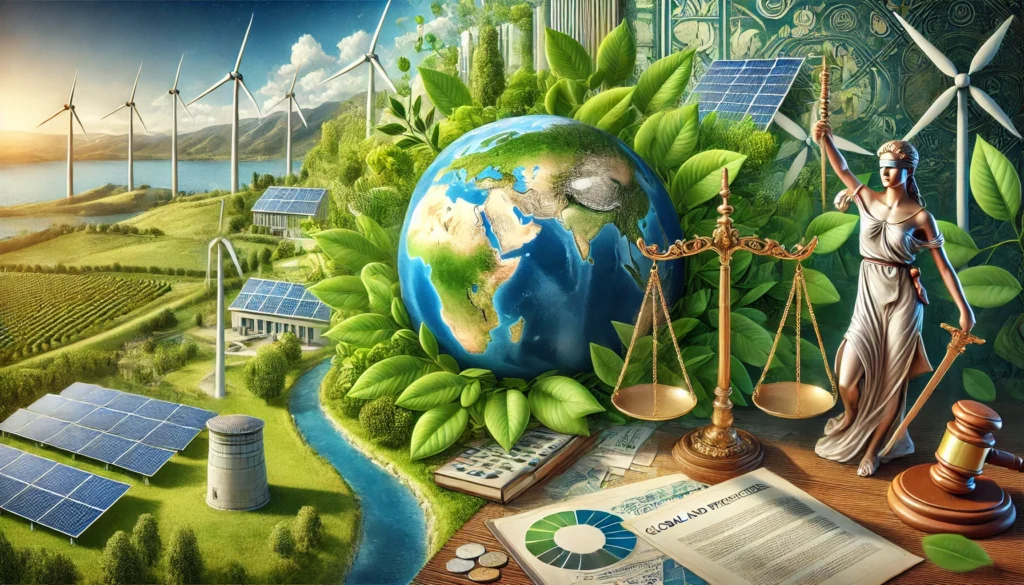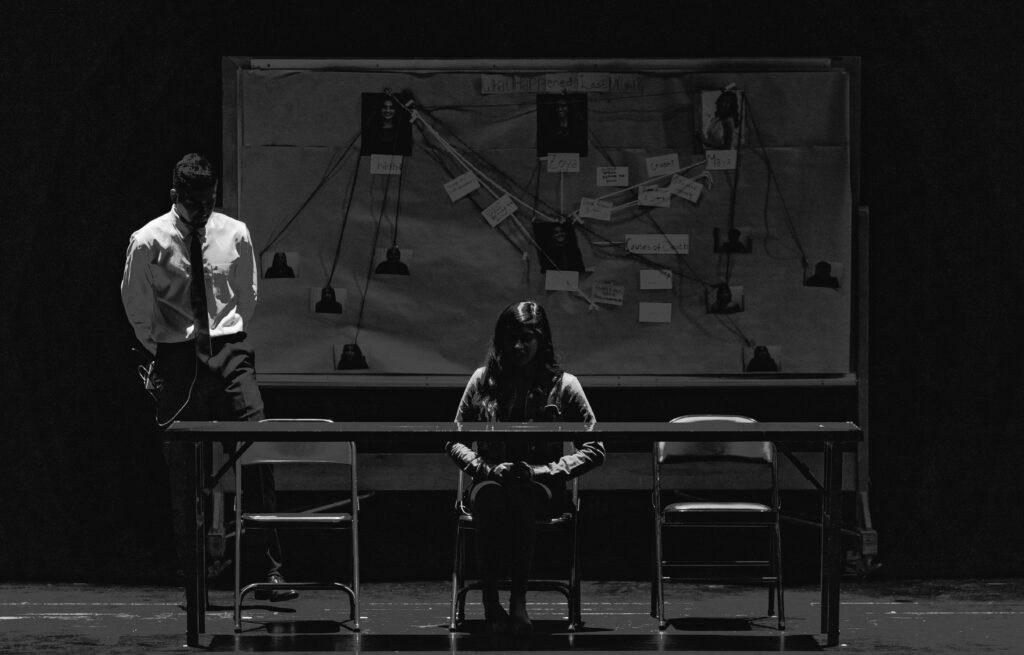Published on 03rd August 2025
Authored By: Revant Upadhyay
Aligarh Muslim University
Abstract
In a republic like India, free speech forms the foundation of public converse, citizen participation, and the growth of ideas. still, this right is n’t unbounded. The rise of hate speech — particularly in collaborative, estate- grounded, or online forms has raised delicate indigenous questions regarding the admissible limits of free expression. While Composition 19(1)(a) of the Indian Constitution guarantees freedom of speech, Composition 19(2) permits reasonable restrictions. This composition examines the indigenous and statutory frame governing free speech and hate speech, analyses corner judgments, explores relative global perspectives, and concludes with suggestions for reform to insure a balanced, popular, and naturally sound approach.
Introduction
In recent times, the line between what constitutes free speech and what qualifies as hate speech has grown decreasingly blurred in India. From televised debates and political rallies to Twitter posts and YouTube vids, public converse is riddled with expressions that test the limits of indigenous protection under Composition 19(1) a). This situation presents a incongruity how do we, as a indigenous republic, insure the protection of free speech while contemporaneously securing society from speech that incites violence, abomination, or public complaint? India, unlike the United States with its absolutist approach to the First Amendment, places “reasonable restrictions” on speech under Composition 19(2). still, the lack of precise statutory delineations, arbitrary enforcement, and the proliferation of social media have complicated the legal geography. This composition aims to untangle these complications and propose a legal and indigenous roadmap to harmonize the contending values of liberty and social harmony.
Indigenous and Statutory Framework
The Indian Constitution lays a strong foundation for civil liberties, with Composition 19(1)(a) guaranteeing every citizen the right to freedom of speech and expression. This right is abecedarian not just for individual autonomy, but also for the food of republic, as it enables free political converse, the exchange of ideas, and responsibility in governance. Over time, the Supreme Court has interpreted this composition to include a wide range of suggestive freedoms similar as The right to express particular opinions intimately or intimately, the right to admit and circulate information through any media, including print, electronic, and digital, the right to dissent and challenge governmental conduct or programs, the right to cultural expression, which includes music, literature, film, lampoon, and emblematic acts. still, like utmost rights in the Indian Constitution, the freedom of speech is not absolute. Composition 19(2) permits the State to put reasonable restrictions on this freedom in certain circumstances.
These restrictions are:
- Security of the State – to help speech that threatens public security or incites rebellion,
- Sovereignty and integrity of India – to insure that speech does n’t challenge the territorial concinnity of the country,
- Public order – to help uneasiness, screams, or collaborative discord,
- Decency or morality – to enjoin profanity, roughness, or nasty expressions,
- disdain of court – to guard the authority and quality of the bar,
- vilification – to cover the character of individualities from false and dangerous statements,
- Incitement to an offence – to stop speech that directly provokes felonious exertion,
- Friendly relations with foreign countries – to avoid politic pressures due to reckless
To operationalize the restrictions under Composition 19(2), colorful vittles of the Indian Penal Code (IPC) criminalize hate speech. Some of the most significant sections are Section 153A, IPC This section penalizes acts that promote hostility between different groups on grounds of religion, race, place of birth, hearthstone, language, etc. It also criminalizes acts prejudicial to the conservation of harmony. The provision aims to help speech that may disturb public tranquility by inciting group- grounded abomination. Section 295A, IPC This provision addresses deliberate and vicious acts intended to outrage the religious passions of any class of citizens. For a person to be condemned under this section, it must be proven that the act was done with vicious intent — accidental or unintentional statements do not serve. still, courts have frequently plodded to determine the threshold of “meanness” leading to inconsistent operation.
Section 505(1) and (2), IPC These clauses deal with the rotation of statements or reports that are likely to beget fear or alarm, incite others to commit offences against public tranquility, or promote abomination among communities. Subsection (2) specifically targets speech that may incite abomination between different classes, communities, or verbal groups.
Judicial Interpretation and Landmark Cases
- Shreya Singhal v Union of India[1]
In a historic ruling, the Supreme Court of India struck down Section 66A of the Information Technology Act, 2000 as unconstitutional. The provision criminalized online communication deemed “grossly offensive” or “menacing,” but was criticized for being vague, subjective, and overly broad. The Court emphasized that only speech which incites “imminent lawless action” can be legitimately restricted under Article 19(2) of the Constitution[2]. This decision marked a significant step toward reinforcing the freedom of speech and expression in the digital age.
- Pravasi Bhalai Sangathan v Union of India[3]
In this case, the Supreme Court recognized the threat posed by hate speech to social harmony and public order. However, the Court refrained from framing new guidelines, observing that existing statutory provisions under the IPC and other laws were adequate if effectively enforced. The judgment highlighted the responsibility of law enforcement agencies to apply these laws with due diligence and fairness.
- Amish Devgan v Union of India[4]
This case revolved around televised comments made by a journalist that allegedly outraged religious sentiments. The Supreme Court clarified that freedom of speech is not absolute, particularly where expressions promote communal disharmony. The Court found that prima facie, the comments were likely to promote enmity between religious groups, thereby constituting hate speech that is not protected under Article 19(1)(a).
The Hate Speech-Free Speech Dilemma in the Digital Age
The digital revolution has amplified the reach and impact of hate speech. Platforms like Twitter, Facebook, and YouTube allow real-time communication with mass audiences, but algorithms often prioritize divisive content to boost engagement, thereby escalating communal tensions and violence.
Legal challenges in this context include:
- Anonymity of users, making law enforcement difficult,
- Cross-border data jurisdiction, hindering accountability,
- Selective political enforcement, where opposition voices are suppressed while majoritarian hate speech is ignored.
Despite repeated calls, India has no unified legal framework or regulatory authority solely focused on tackling hate speech online. The Information Technology (Intermediary Guidelines and Digital Media Ethics Code) Rules, 2021[5], were introduced to address digital misinformation and hate speech, but their constitutionality and efficacy remain debated.
Comparative Legal Perspectives
- United States : The First Amendment offers strong protection to speech, including hate speech, unless it incites “imminent lawless action.”
- United Kingdom: The UK criminalizes hate speech under several laws including the Public Order Act[6], where speech that threatens or incites racial or religious hatred is punishable.
- European Union : The EU Framework Decision on Racism and Xenophobia (2008) mandates criminalization of hate speech that incites violence or hatred against individuals based on race, religion, or
- India occupies a middle ground — allowing reasonable restrictions on speech but lacking specific legislative clarity and uniform enforcement.
Concerns: Chilling Effect and Misuse
While hate speech laws aim to prevent violence, their overuse and politicization can lead to a chilling effect:
- Artists, journalists, and activists may self-censor for fear of prosecution,
- Ambiguous terms like “hurting sentiments” and “offending beliefs” are often invoked to stifle dissent,
- Selective application breeds mistrust in law enforcement.
In many cases, legitimate criticism of government policy has been wrongfully branded as seditious or communal, leading to wrongful arrests and suppression of dissent.
The Need for a Clear and Comprehensive Legal Definition of Hate Speech in India
One of the most glaring gaps in Indian law is the absence of a clear, universally accepted legal definition of hate speech. Courts and lawmakers have often relied on vague and overlapping terms such as:
- “Deliberate and malicious acts,”
- “Promoting enmity,”
- “Offending religious feelings.”
This lack of precision has resulted in inconsistent interpretation and arbitrary application by police authorities and lower courts. The ambiguity in language fails to provide a reliable legal standard, thereby affecting both the protection of free speech and the prevention of harmful expression.
Legal scholars, including Gautam Bhatia8, have stressed the need for a more nuanced and principled approach. They argue that restrictions on speech should only apply when it incites discrimination, hostility, or violence, thereby aligning domestic law with international frameworks such as the UN Rabat Plan of Action (2012), which emphasizes clear thresholds for hate speech regulation based on severity and intent.[7]
Recommendations for Reform
To ensure a balanced approach that upholds constitutional values and democratic principles, the following reforms are necessary:
- Define Hate Speech Statutorily, India must enact a dedicated statute that provides a clear and precise definition of hate speech. This law should be based on well-established international models and specify the threshold of harm—such as incitement to violence or discrimination—required for speech to qualify as hateful.
- Establish Independent Monitoring Mechanisms, A neutral and non-partisan regulatory authority should be established to monitor hate speech trends, particularly on digital and social media platforms. This body must function independently of political influence and should have the mandate to recommend legal or administrative action based on objective criteria.
- Amend IPC Sections 153A, 295A, and 505, These provisions of the Indian Penal Code, inherited from the colonial era, need comprehensive reform to address contemporary challenges. The amendments should include clear intent requirements, well-defined thresholds for what constitutes hate speech, and procedural safeguards to prevent misuse or suppression of legitimate expression.
- Public Awareness and Education, There is a pressing need to sensitize citizens— particularly the youth—about the importance of free speech, communal harmony, and constitutional morality. Public awareness campaigns and educational programs should be integrated into school curricula and community initiatives to foster a culture of mutual respect and informed citizenship.
- Media and Platform Accountability, Social media companies and digital platforms must be held accountable for curbing hate speech on their networks. This includes developing and implementing advanced AI-based content moderation tools in collaboration with Indian regulatory authorities. Any content removal must be subject to due process to protect users’ rights while ensuring the prompt elimination of harmful content.
Conclusion
The battle between free speech and hate speech is not just legal — it is deeply cultural and political. India’s constitutional framework provides the tools to strike a balance, but the real challenge lies in consistent, principled enforcement and legislative clarity. Free speech is essential for democracy, but it must not become a shield for hate.
As India stands on the brink of a digital revolution, the need for precise legal standards, judicial consistency, and institutional safeguards is more urgent than ever. Only then can we ensure that the constitutional promise of liberty does not become a vehicle for division and discord.
References
[1] Shreya Singhal v Union of India [2015] 5 SCC 1
[2] Brandenburg v Ohio 395 US 444 (1969)
[3] Pravasi Bhalai Sangathan v Union of India [2014] 11 SCC 477
[4] Amish Devgan v Union of India (2020) SCC OnLine SC 994
[5] Information Technology (Intermediary Guidelines and Digital Media Ethics Code) Rules 2021
[6] Public Order Act 1986 (UK)
[7] UN Rabat Plan of Action (2012)




